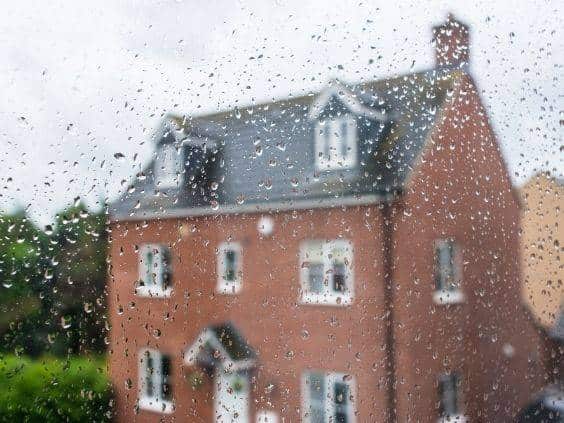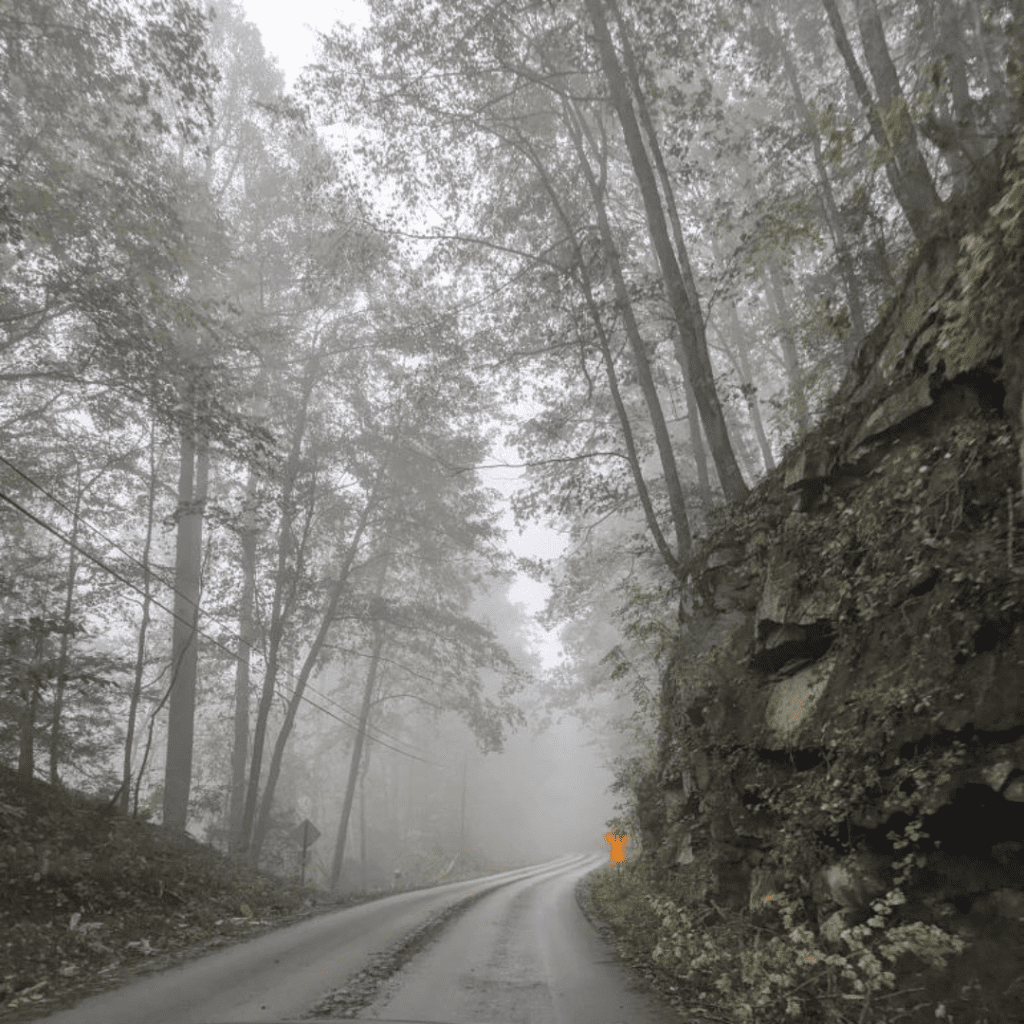When you’re a homeowner, especially a first-time homeowner, you start to learn how to care for the house you’ve invested so much money in. One of the worst and most common things that will happen to your house is getting battered by brutal weather patterns. Whether it’s rain, snow, or even desert sand, severe weather will begin to degrade your home if you’re not careful. Let’s take a look at how to prepare your home for bad weather to keep you and your house safe.
Pay Attention To Foliage
When storms hit, one of the most common occurrences is damage to trees and other landscaping. Loose limbs can then fly against your house, causing damage and possibly breaking windows. When you know a storm is coming, it’s worth the time to check the surrounding foliage for bad spots that you can remove before it hits. Be wary, as well, of dead or dying trees, as these can topple and damage your house in strong enough winds.
Check and Clean Your Gutters
All that rain and water has to go somewhere, and the last place you want it is inside your home. Your gutters are essential to making sure that rainwater and melting snow don’t build up on your roof and, instead, get flushed away from the bottom of your home. Cleaning your gutters of grime and debris will allow excess water to flow away from your house rather than collecting where you don’t want it.
Install Weatherproofing
If you’re in a very high-danger area, you’ll need to take more extreme precautions to make sure you’re safe. Installing a more durable roof or shutters on your windows will add another layer of protection from even the worst storms. Flooding is a nightmare to deal with, so make sure the lower portions of your home are sealed with weatherstripping, caulk, or plaster to prevent this truly inconvenient problem.
Always Have an Emergency Kit
Should the worst come to pass, you’re going to want to be ready. If a tree enters your home or the power goes out, you don’t want to get caught unawares. One of the best ways to prepare your home for bad weather is to have an emergency kit handy and ready to go. Include items such as:
- Extra water
- Non-perishable foods
- A first-aid kit
- Extra phone batteries and chargers
- A hand-crank flashlight
All these items will ensure that you can stay safe, at least for a little while, while you wait out the rest of the storm.






















